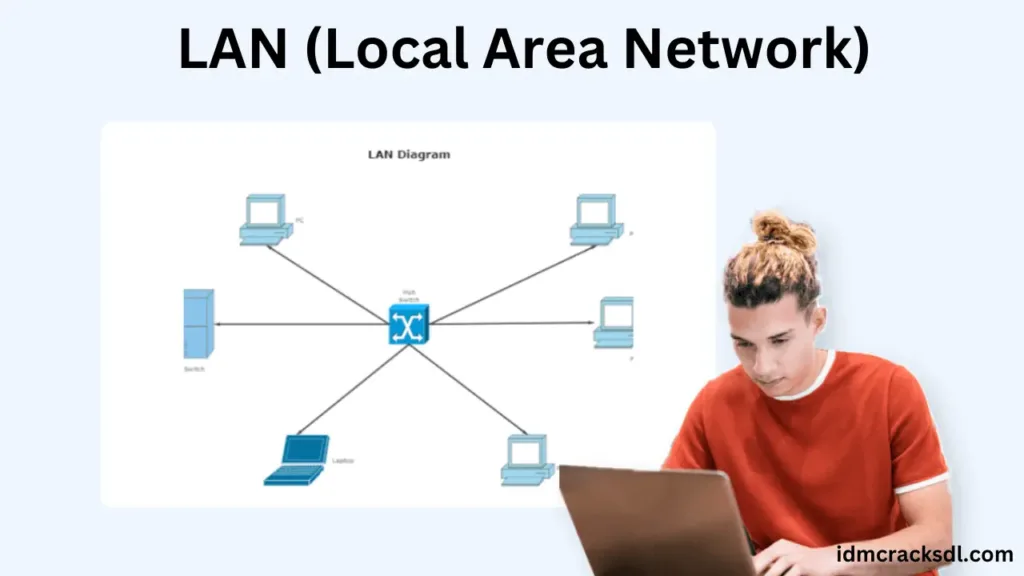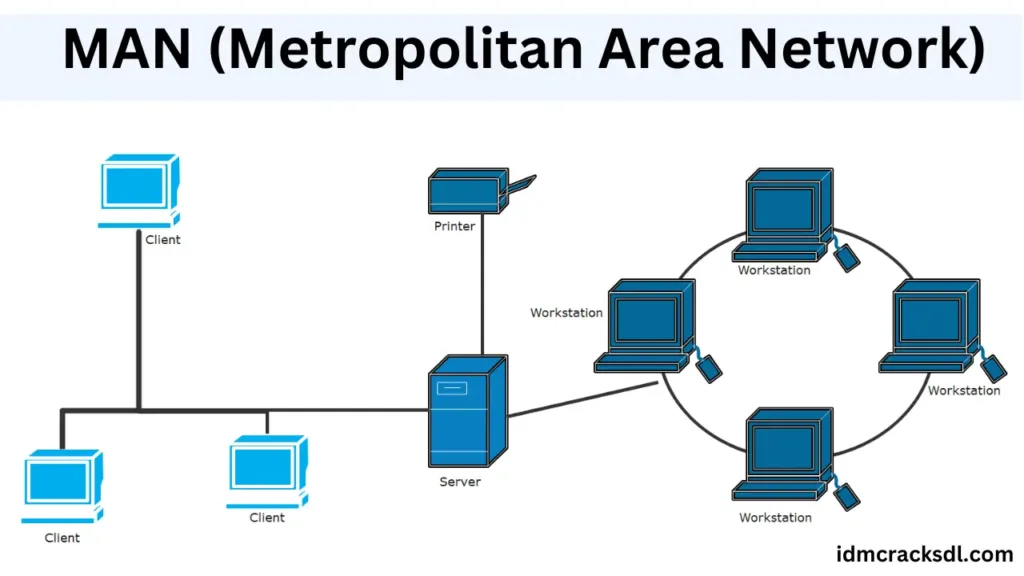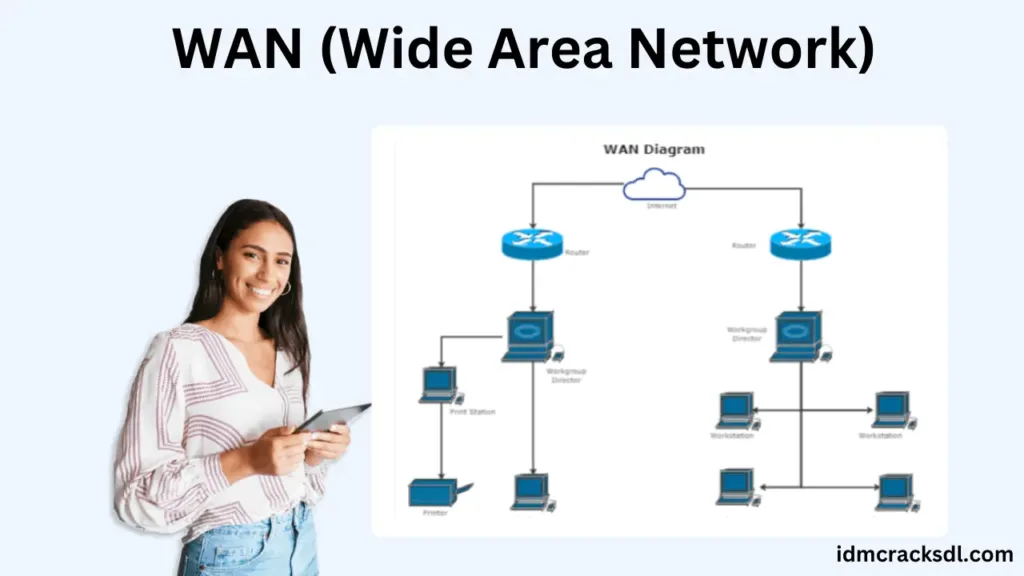What is a Computer Network? Complete Guide
A computer network is a set of two or more computers connected together to share information and resources efficiently. These connections can be established through cables, satellite links, or telephone lines, facilitating seamless communication and collaboration between users and devices.
Computer networks serve different purposes: private networks for organizations, the internet for global connectivity, and specialized networks for industries like healthcare. As digital tech becomes more essential, networks play a vital role in innovation, productivity, and connecting people worldwide.
Computer networks go beyond just communication and sharing information. They’ve changed industries like finance, healthcare, and transportation. In healthcare, for instance, networks help doctors access patient records, work together on treatments, and share important medical images, leading to better care for patients.
Future Trend of Computer Network
Peer into the future of computer networks and anticipate upcoming trends and innovations. Explore emerging technologies like 5G, Internet of Things (IoT), and Software-Defined Networking (SDN), poised to redefine network architecture and capabilities.
Types of Network
The Types of computer networks are given in the below section.
- LAN (Local Area Network)
- MAN (Metropolitan Area Network)
- WAN (Wide Area Network)
LAN (Local Area Network)

LAN stands for Local Area Network. It comprises computers belonging to the same organization, linked within a small geographic area via a network, typically utilizing the same technology. Data transfer speeds over LANs can range from 10 MBps to 1 GBps, facilitating efficient communication and collaboration.
MAN (Metropolitan Area Network)

MAN stands for Metropolitan Area Network, connecting multiple LANs over a range of a few dozen kilometers at high speed. A MAN consists of switches or routers interconnected via high-speed links, enabling efficient communication and data exchange between various local networks within a metropolitan area.
WAN (Wide Area Network)

A WAN, which stands for Wide Area Network, extends networks by connecting multiple LANs over vast geographic distances. The most well-known WAN is the internet, facilitating global connectivity and communication between devices and networks worldwide.
Pros and Cons of Computer Network
Pros
- Computers can communicate with each other easily.
- Computers can share data and files.
- Computing power and storage facilities can be shared.
- Hardware such as printers can be shared.
- There is no control over which programs, data, and hardware a user has access to.
Cons
- A virus can be spread more easily.
- As data is shared there is a greater need for security.
- If the server fails, all the workstations are affected.
- The cost of installing the equipment is greater.
Conclusion
In summary, computer networks are crucial for connecting people and organizations, allowing them to share and collaborate efficiently. They’re used everywhere, from local offices to the internet. As we rely more on digital tech, networks will keep driving innovation and productivity. It’s vital to invest in them to meet future needs and keep up with technology.






